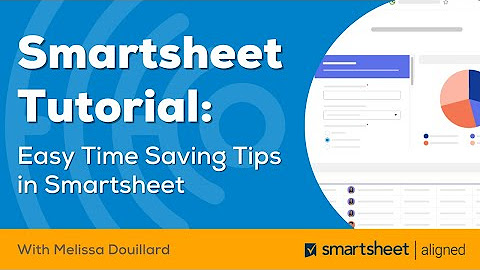Microsoft Power BI
Microsoft Power BI
Blog Article
In today's data-driven world, businesses are constantly inundated with vast amounts of information. From customer demographics to sales figures, the abundance of data holds immense potential for organizations seeking to gain a competitive edge. However, the real challenge lies not in collecting data, but in transforming it into actionable insights that drive meaningful business outcomes. This is where the integration of powerful tools like Microsoft Power BI and Smartsheet comes into play, enabling businesses to extract valuable insights from their data and translate them into actions that propel growth and success.
Harnessing the Power of Power BI
Microsoft Power BI has emerged as a leading business analytics tool, offering robust capabilities for data visualization, analysis, and sharing. With its intuitive interface and extensive range of features, Power BI empowers users to connect to various data sources, create interactive reports and dashboards, and derive meaningful insights with ease.

Best Practices for Power BI:
- Data Preparation: Before diving into analysis, it's crucial to ensure that your data is clean, organized, and relevant. Invest time in data preparation tasks such as cleaning, transforming, and modeling data to improve its quality and accuracy.
- Visualization Techniques: Effective data visualization is key to communicating insights clearly and compellingly. Leverage Power BI's rich array of visualization options to create compelling charts, graphs, and interactive dashboards that convey insights at a glance.
- Interactivity and Drill-Down: Enable interactivity within your reports and dashboards to empower users to explore data dynamically. Utilize features like drill-down functionality to delve deeper into specific data points and uncover underlying trends and patterns.
- Regular Updates and Monitoring: Data is dynamic, and insights can quickly become outdated. Establish a schedule for updating your reports and dashboards regularly to ensure that stakeholders have access to the latest information. Additionally, implement monitoring mechanisms to track performance metrics and identify any anomalies or deviations from expected trends.
Empowering Collaboration with Smartsheet
Smartsheet is a versatile work management platform that enables teams to collaborate, manage projects, and automate workflows effectively. By combining the power of Smartsheet with Power BI, organizations can streamline processes, facilitate collaboration, and drive informed decision-making across the entire enterprise.
Best Practices for Smartsheet Integration:
- Data Integration: Seamlessly integrate Smartsheet with Power BI to leverage the strengths of both platforms. Utilize Power BI's connectivity options to pull data from Smartsheet into your reports and dashboards, enabling stakeholders to access real-time insights within their familiar Smartsheet environment.
- Automated Workflows: Leverage Smartsheet's automation capabilities to streamline repetitive tasks and processes. By automating data updates, notifications, and approvals, teams can save time, reduce errors, and ensure that insights are acted upon promptly.
- Collaborative Dashboards: Create interactive dashboards within Smartsheet to centralize data, insights, and action items in one place. Enable collaboration by allowing team members to add comments, assign tasks, and track progress directly within the dashboard, fostering alignment and accountability.
- Integration with Other Tools: Extend the functionality of Smartsheet by integrating it with other essential business tools and applications. Whether it's CRM systems, marketing platforms, or financial software, seamless integration enables data to flow freely across the organization, empowering teams to make informed decisions based on comprehensive insights.
Conclusion
In today's fast-paced business environment, the ability to transform data into actionable insights is paramount to success. By harnessing the power of tools like Microsoft Power BI and Smartsheet and following best practices for data visualization, analysis, and collaboration, organizations can unlock the full potential of their data, drive informed decision-making, and achieve their strategic objectives. Embrace the transformative power of data today and propel your business towards a future of growth and innovation. Report this page